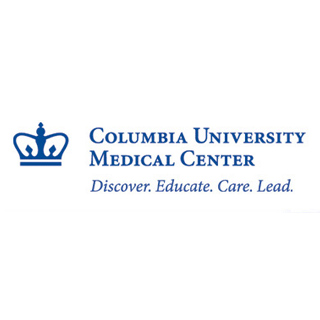
The anemia-reducing medicines seem to stimulate red blood cell production and are intended to decrease the number of blood transfusions required during chemotherapy. These medicines are also known as erythropoiesis-stimulating agents (ESAs) i.e., erythropoietin and darbopoietin. However, anxieties about the likelihood of deep vein thrombosis and mortality appear to exist. Moreover, deep vein thrombosis is known to be manifestations of venous thromboembolism.
Lead researcher, Dawn Hershman, M.D, M.S., co-director of the breast cancer program at the Herbert Irving Comprehensive Cancer Center at NewYork-Presbyterian Hospital/Columbia University Medical Center said that, “This research answers important questions about outcomes of ESAs when used in long-term clinical practice with oncology patients. While ESAs were given to reduce the need for blood transfusions, a substantial reduction in the use of blood transfusions was not observed. However, an increase risk of deep vein thrombosis or pulmonary embolism was confirmed.”
On the basis of earlier findings, in the spring of 2007, the FDA was noted to have required a black-box warning on ESAs about the possibility for venous thromboembolism, tumor promotion, and decreased survival in ESA users. Supposedly, the warning suggested restraining the use of ESAs to specific tumor types, durations, doses, and targeted hemoglobin levels.
Additionally, the Center for Medicare and Medicaid Services seem to have put forward eliminating or limiting coverage for ESAs as treatment for some cancers. However, what is encouraging about the research findings are that they don’t demonstrate an increased risk of mortality when ESAs are provided along with chemotherapy.
During the research, Dr. Hershman along with his colleagues was believed to have examined patients who were 65 years or older and diagnosed with colon, non-small cell lung, or breast cancer or diffuse large B-cell lymphoma, between 1991-2002.
Further, they seem to have analyzed the association between use of ESAs and venous thromboembolism and overall survival in patients. These cancers were chosen because they could be considered to be common cancers for which ESAs were commonly used.
Apparently, patients were recognized in the Surveillance, Epidemiology, and End Results–Medicare database. This database was known to contain at the time, records of patients diagnosed with cancer in regions that represented about 14 percent of the U.S. population.
“This analysis confirms the association between ESAs and venous thromboembolism, which was observed in previous meta-analysis. This new finding is significant because where the meta-analysis looked at pooled data from randomized clinical trials, this data is from community practice – real-life clinical settings – where you can often see things that wouldn’t necessarily show-up in a short-term, 12-week study,” explains Dr. Hershman, the Florence Irving Assistant Professor of Medicine and Epidemiology at Columbia University Medical Center, whose research is dedicated to examining cancer survivorship.
He further said that, “Additionally, this analysis included data from more than 50,000 patients– including those with more advanced cancer or high-risk status, who therefore might not have been candidates for clinical trials.”
The findings of the research revealed that more patients who obtained an ESA seem to have developed deep vein thrombosis in contrast to patients who did not. Also, overall survival appears to have been similar in both groups.
Besides, the number of patients receiving ESAs was observed to have increased nearly 10-fold from 1991 through 2002, with approximately 50 percent of patients with advanced cancer undergoing chemotherapy receiving ESAs by 2002. However, the rate of blood transfusion for every year during the same time period seems to have remained constant at 22 percent.
The researchers claimed that added efforts at monitoring use and long-term toxicity of expensive oncology drugs may perhaps be put in place in order to make sure that for any drug, the benefits outweigh the risks in community practice.
Also, ESAs could possibly be of particular interest from a public policy perspective because of the costs associated with their use. It was estimated that the total U.S. sales of ESAs were $10 billion in the year 2006 thereby accounting for a greater Medicare Part B expenditure as compared to any other drug.
The findings of the research have been published in the Journal of the National Cancer Institute.
